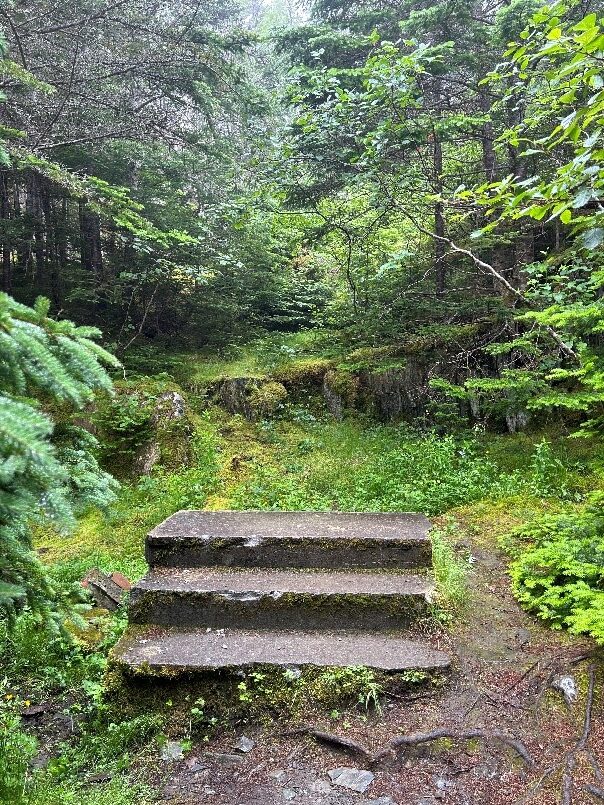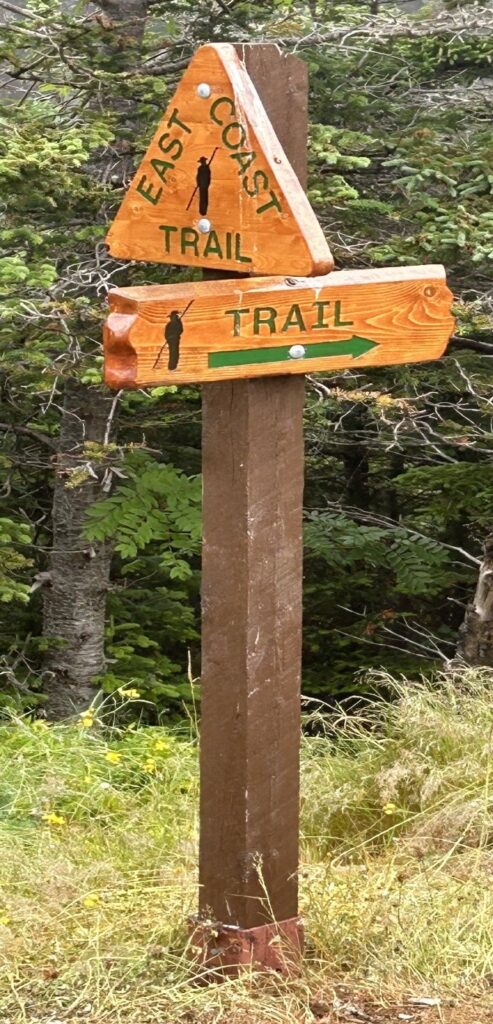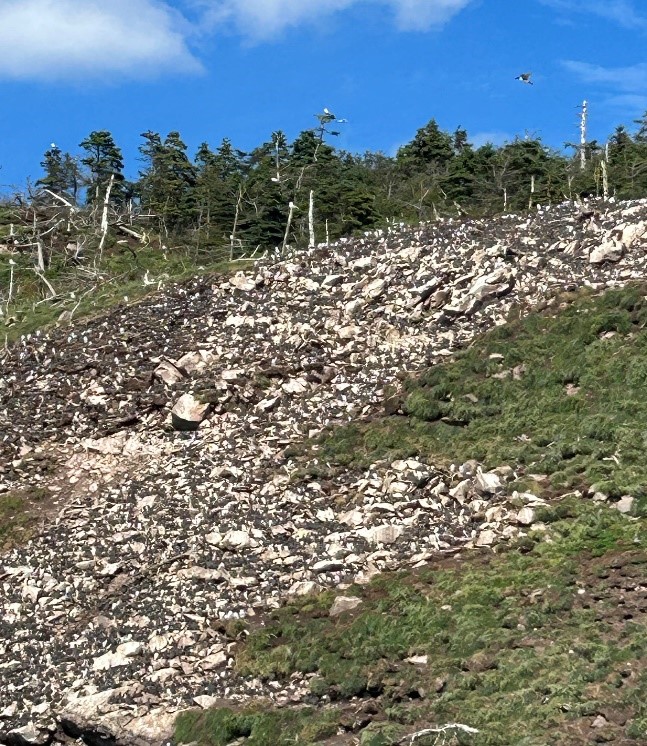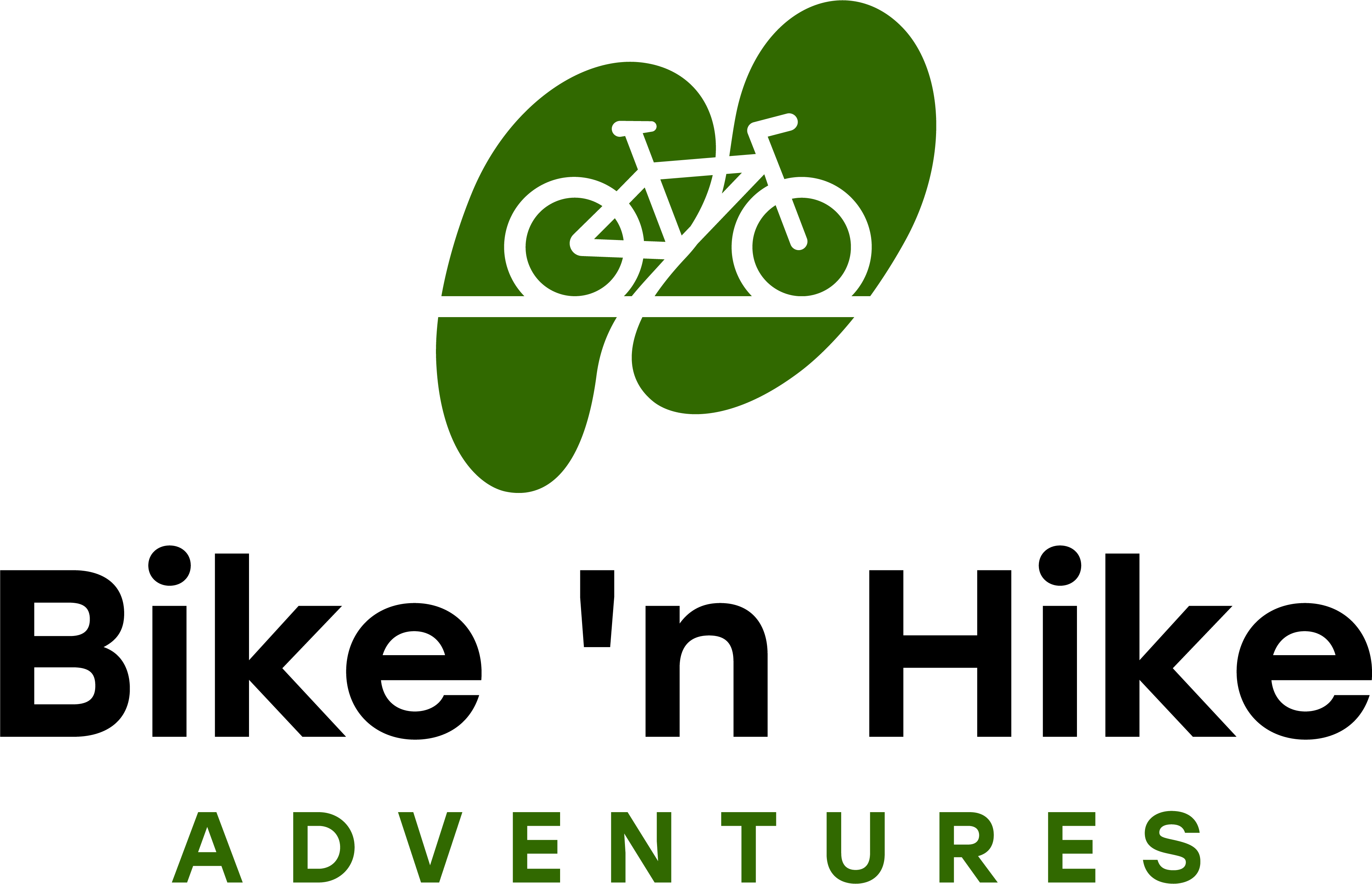
Newfoundland Hiking
I was out hiking in Newfoundland the summer of 2023 with some friends from one of my hiking clubs, exploring parts of the East Coast Trail. It was my first visit to this province – why did it take so long?!
We were staying in Tors Cove, about 40 minutes out of St. John’s. With only 5 days to hike and 25 paths covering 336km (208m), we only experienced a small sample of this amazing route. Most of us had not hiked in this area before, and were understandably curious – hikes were indicated as “easy” to “strenuous”. That’s a big spread – where were we going?
WHERE TO TODAY?
Our wonderfully accommodating and patient host took care of us. He greeted us each morning with a map and told us where we would be going. He took us to the trail head and told us exactly where he would pick us up at the end of the day. Having lived in Newfoundland for so many years he knows the routes well and chose routes for us that were aligned with the day’s weather forecast. What an amazing experience we all shared!
Our routes included Mickeeleens Path (which rewarded us with my first ever glimpse of a whale!), La Manche Village Path, Spout Path, Tinkers Point Path and Beaches Path. All manageable trails with interesting vistas, gorgeous woodland paths and lots of ocean views. Spectacular hiking here!
The interactive map on the website is a great tool to help you decide where you might want to go on your outdoor adventure. It indicates which trails are considered easy, and which are the strenuous. Elsewhere on the site you can find information about the many interesting things you can see along the trail.
Steps to nowhere – part of an abandoned settlement along the trail

VISITING THE PROVINCIAL CAPITAL, ST. JOHN’S
We took a day from hiking to visit St. John’s and enjoy a whale watching tour, which guaranteed we would see lots of puffins, but maybe not whales. We were lucky – saw three types of whales – and thousands of puffins!


Thousands of Puffins
Puffins in early spring before they lose their colourful beaks.
What we learned is that about 95% of all North America’s puffins breed around the Newfoundland and Labrador coasts. Where we were, near Witless Bay, has the largest puffin colony in the western Atlantic (225,000 pairs). I also learned that puffins winter at sea, mate for life and often return to the same burrow with the same mate each year.
Whale watching in Nfld
In St. John’s we took the time to visit the Signal Hill National Historic Site, where there are a number of shorter hiking trails that offer stunning views of the coast. You can also take the time to learn about some of the military battles that took place in the area. At the Cabot Tower, it was really cool to learn the story of Guglielmo Marconi receiving the world’s first transatlantic wireless signal in 1901 (the letter “s” in Morse Code coming from the UK). Wow – the beginning of the internet. He struggled to find people to support him. Fascinating!
Some of us visited Memorial University’s Johnson Geo Centre. I have to admit that it wasn’t my first choice but I am so glad I went there. It’s a really interesting building constructed in a natural rock basin, and provided lots of information about why Newfoundland is so rocky (and affectionately known as “the rock”).
This was a short adventure and just a teaser of all the outdoor activities that can be found in Newfoundland. There is so much more to see on this island.

Where else can my feet take me?
Where would you like to go?
Maybe we could go together?
3 highlights
- Seeing whales playing in the ocean
- Watching the thousands of puffins on the shore
- The knowledge that we were walking on the eastern most coast of North America, and comparing that to having seen the bottom of the world in Ushuaia and the western most point of continental Europe in Portugal; and feeling so fortunate to have had such experiences
3 things for the next time
- Explore the 90% of the trail that we didn’t get to – it’s huge and diverse
- Visit more of the Newfoundland towns along the coastline to really experience the Newfoundland culture which is distinct in Canada
- Plan a trip to Gros Morne National Park on the western side of the island, a UNESCO World Heritage site with stunning views, fjords, and mountains
![]()
![]()

Recent Posts
Cycling Lake Constance
Art in Nature
Remember When Being Outside Was FUN?
All Categories

Newfoundland Hiking
I was out hiking in Newfoundland the summer of 2023 with some friends from one of my hiking clubs, exploring parts of the East Coast Trail. It was my first visit to this province – why did it take so long?!
We were staying in Tors Cove, about 40 minutes out of St. John’s. With only 5 days to hike and 25 paths covering 336km (208m), we only experienced a small sample of this amazing route. Most of us had not hiked in this area before, and were understandably curious – hikes were indicated as “easy” to “strenuous”. That’s a big spread – where were we going?
WHERE TO TODAY?
Our wonderfully accommodating and patient host took care of us. He greeted us each morning with a map and told us where we would be going. He took us to the trail head and told us exactly where he would pick us up at the end of the day. Having lived in Newfoundland for so many years he knows the routes well and chose routes for us that were aligned with the day’s weather forecast. What an amazing experience we all shared!
Our routes included Mickeeleens Path (which rewarded us with my first ever glimpse of a whale!), La Manche Village Path, Spout Path, Tinkers Point Path and Beaches Path. All manageable trails with interesting vistas, gorgeous woodland paths and lots of ocean views. Spectacular hiking here!
The interactive map on the website is a great tool to help you decide where you might want to go on your outdoor adventure. It indicates which trails are considered easy, and which are the strenuous. Elsewhere on the site you can find information about the many interesting things you can see along the trail.
Steps to nowhere – part of an abandoned settlement along the trail

VISITING THE PROVINCIAL CAPITAL, ST. JOHN’S
We took a day from hiking to visit St. John’s and enjoy a whale watching tour, which guaranteed we would see lots of puffins, but maybe not whales. We were lucky – saw three types of whales – and thousands of puffins!


Thousands of Puffins
Puffins in early spring before they lose their colourful beaks.
What we learned is that about 95% of all North America’s puffins breed around the Newfoundland and Labrador coasts. Where we were, near Witless Bay, has the largest puffin colony in the western Atlantic (225,000 pairs). I also learned that puffins winter at sea, mate for life and often return to the same burrow with the same mate each year.
Whale watching in Nfld
In St. John’s we took the time to visit the Signal Hill National Historic Site, where there are a number of shorter hiking trails that offer stunning views of the coast. You can also take the time to learn about some of the military battles that took place in the area. At the Cabot Tower, it was really cool to learn the story of Guglielmo Marconi receiving the world’s first transatlantic wireless signal in 1901 (the letter “s” in Morse Code coming from the UK). Wow – the beginning of the internet. He struggled to find people to support him. Fascinating!
Some of us visited Memorial University’s Johnson Geo Centre. I have to admit that it wasn’t my first choice but I am so glad I went there. It’s a really interesting building constructed in a natural rock basin, and provided lots of information about why Newfoundland is so rocky (and affectionately known as “the rock”).
This was a short adventure and just a teaser of all the outdoor activities that can be found in Newfoundland. There is so much more to see on this island.

Where else can my feet take me?
Where would you like to go?
Maybe we could go together?
3 highlights
- Seeing whales playing in the ocean
- Watching the thousands of puffins on the shore
- The knowledge that we were walking on the eastern most coast of North America, and comparing that to having seen the bottom of the world in Ushuaia and the western most point of continental Europe in Portugal; and feeling so fortunate to have had such experiences
3 things for the next time
- Explore the 90% of the trail that we didn’t get to – it’s huge and diverse
- Visit more of the Newfoundland towns along the coastline to really experience the Newfoundland culture which is distinct in Canada
- Plan a trip to Gros Morne National Park on the western side of the island, a UNESCO World Heritage site with stunning views, fjords, and mountains
![]()
![]()

